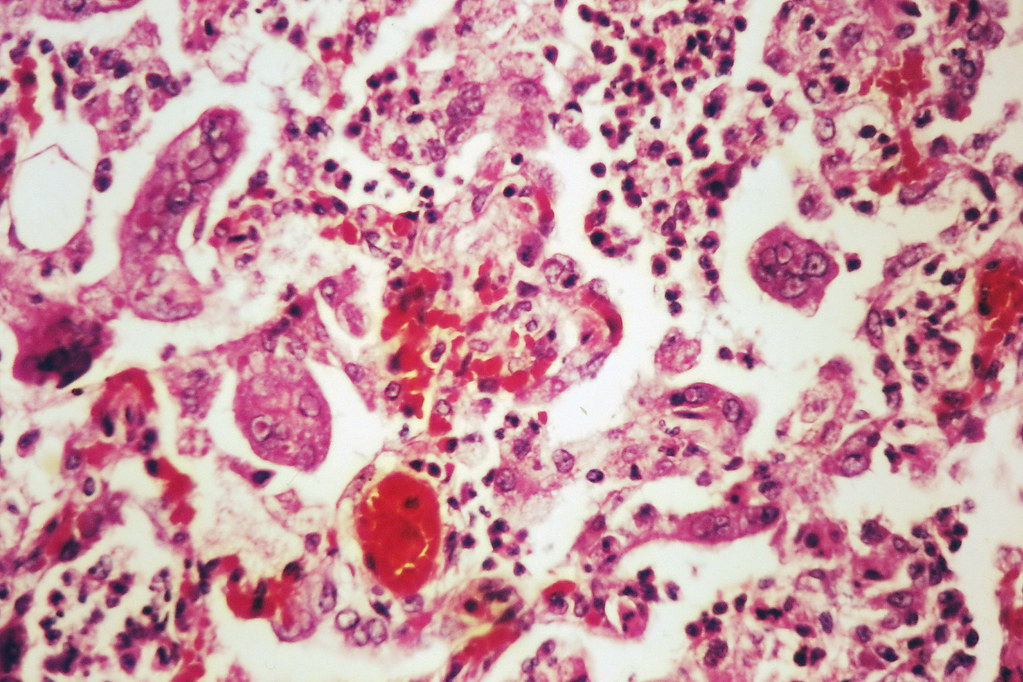
Environmental & Science Education
STEM
Health
Medicine
Edward Hessler
Measles is in the news again, the Pacific Northwest, Indiana, Texas and other places.
The CDC (Center for Disease Control) has a graph of measles cases from 2010 to present (as of February 7 2019). The data are updated weekly.
One reason that measles is so often in the news is that the virus has a "nose" for finding susceptible people. As STAT's Helen Branswell puts it, the measles virus is "a bear to deal with." She quotes Dr. Michael Osterholm, director of the Center for Infectious Diseases and Research at the University of Minnesota who colorfully explains that "measles makes an infected child into a viral Uzi." Branswell continues with an example Dr. Osterhom knows well.
"Osterholm was involved in an outbreak investigation that illustrates this point clearly. Back in 1991, Minneapolis-St. Paul hosted the Special Olympics. A competitor from Argentina who was infected with measles arrived in the Twin Cities to compete. That one case led to an outbreak of more than 25 other cases in multiple states over three generations of spread.
"Many of the people who contracted measles in this outbreak had no known contact with the child. The investigation concluded some most likely were infected during the event's opening ceremonies--even though they were seated in the upper deck of the domed stadium, more than 100 feet above the point where the teams paraded into the event."
You probably know that the measles vaccine is remarkably effective. That's the good news. So? There is also bad news. These are the fears about the use of the vaccine based on long-discredited research in which a link between autism and the vaccine was first reported. The CDC provides considerable information.
What is it about the measles virus that makes it such an infecting machine? The video accompanying the Branswell article explains.

 CGEE Student Voice
CGEE Student Voice
No comments:
Post a Comment